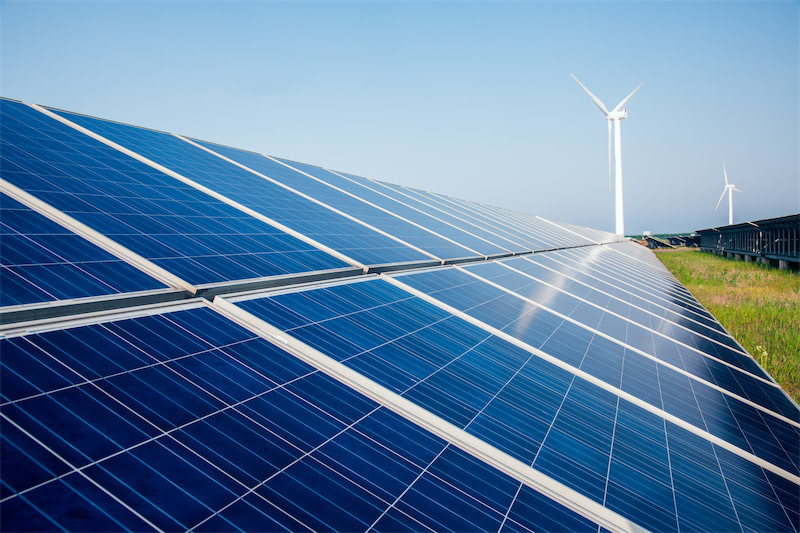






Shanghai, March 28 (SMM) – On March 28, China’s Ministry of Industry and Information Technology (MIIT), along with nine other ministries, released the Action Plan for the High-Quality Development of the Aluminium Industry (2025–2027). The policy aims to significantly strengthen the aluminium supply chain’s resilience, resource security, and green transformation.
Following the announcement, domestic aluminium-related stocks rallied. Minfa Aluminium surged to its daily limit during intraday trading, while Chang Aluminium, Nanshan Aluminium, and Pengxin Resources also posted sharp gains.
The plan outlines a multi-pronged approach to strengthen upstream resource security. These include:
The plan introduces stricter approval requirements for new or expanded alumina refineries. Projects must meet top-tier energy consumption and environmental standards. Crucially, new capacity using boehmite as feedstock will no longer be approved, and alumina projects must be backed by matching bauxite mining rights and red mud utilization capabilities.
According to SMM, while this may cap future capacity additions, over 10 Mt of new alumina capacity is already under construction and will proceed as planned. Hence, short-term supply expansion is unlikely to be disrupted.
The action plan maintains China's “capacity ceiling” for primary aluminium and pushes for relocation of smelting operations to clean energy-rich areas such as Inner Mongolia, and Xinjiang. New capacity must meet stringent environmental and energy use criteria, including:
Energy consumption not exceeding 13,000 kWh/ton of aluminium
Use of large-scale (≥500kA) electrolytic cells
Prohibition of new capacity in heavily polluted regions
The government also calls for greater local use of molten aluminium for processing, which may tighten supply of standard aluminium ingots and reduce market liquidity for deliverable units.
SMM believes that the policy reflects China's long-term strategy to promote aluminium sector transformation through resource self-sufficiency, circular economy, and green innovation. The 3–5% increase in domestic bauxite reserves and the 15 Mtpa recycled aluminium target are feasible and strategically important. Recycled aluminium will help offset the limitations imposed by the primary aluminium capacity cap.
Regionally, the integration of electrolytic aluminium and processing facilities will boost efficiency, but may reduce the volume of market-tradable aluminium ingots, potentially tightening the supply of deliverable resources in the spot and futures markets.
Aluminium remains a critical material for China’s industrial and green transition strategies. The new policy framework provides a clearer pathway for high-quality, sustainable growth in the aluminium sector—balancing domestic resource development, energy efficiency, and technological innovation.
For more insights, follow SMM's in-depth aluminium industry coverage.
For queries, please contact Lemon Zhao at lemonzhao@smm.cn
For more information on how to access our research reports, please email service.en@smm.cn

